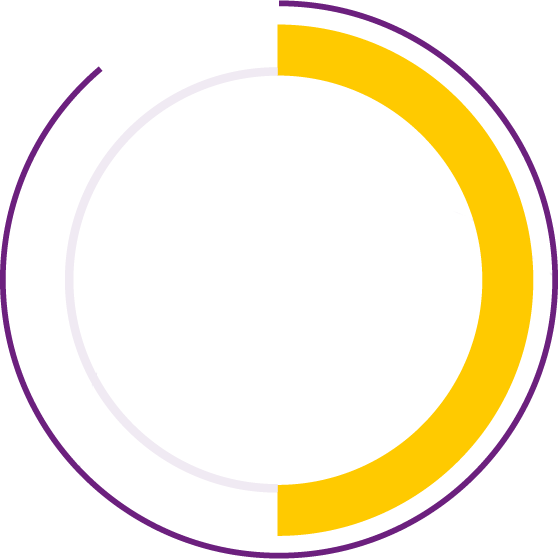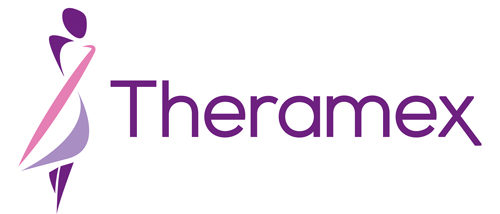
Contraception should fit a woman’s life
The introduction of the oral contraceptive pill in the 1960s gave women control
over their reproductive health. Now, easy access to multiple contraception
types in Australia allows them to choose the perfect birth control solution to fit their lifestyle and situation.





Contraception in Australia1*
- Between 2005 and 2015 around 2/3 Australian women of childbearing age were using contraception
- Oral contraception and condoms were the most commonly used methods
- Total cost of claims for all contraception across the Pharmaceutical Benefits Scheme (PBS) and Medicare Benefits Scheme (MBS) was $64.5 million
- Combined oral contraceptive pills had 4x as many claims than any other method
*Data from: Roy Morgan data 2008, 2010, 2012, 2014, 2016 obtained from the Roy Morgan Australian market research company; The Household, Income and Labour Dynamics in Australia (HILDA) survey 2005, 2008, 2011 & 2015 data obtained from the Melbourne Institute of Applied Economic and Social Research National Aboriginal and Torres Strait Islander Health Survey, 2012; Published survey data (The Australian Longitudinal Study on Women’s Heath; The Australian Study of Health and Relationships (ASHR) population health survey 1 and 2; The Australian Bureau of Statistics; The National Surveys of Australian Secondary Students and Sexual Health 2018); Pharmaceutical Benefits Scheme (PBS) data 2005-2018; Medicare Benefits Schedule (MBS) data 2005-2018.
References:
- Family Planning NSW. Contraception in Australia 2005-2018. Ashfield, Sydney: FPNSW; 2020.
Contraception FAQs
There are over 68 registered contraceptive products available in Australia!
Combined oral contraceptive or ‘the pill’ is a pill taken every day. The contraception pill contains two hormones; a progestogen and an estrogen. The pill works by preventing the release of an egg, making the uterus an uninviting place for embryos and thickening the cervical mucus to slow down sperm.1
- Efficacy of the pill:2
- In perfect use: 99.7%
- In typical use: 91%
Digging out credible information on the internet may sound like an oxymoron but when it comes to contraception it’s very doable. Check out the following sites for factual information on your contraceptive options:
- Marie Stopes Australia: https://www.mariestopes.org.au/
A national, independently accredited provider of safe abortion, vasectomy and contraception helping women and men take full control of their reproductive lives. - Jean Hailes For Women’s Health: https://www.jeanhailes.org.au/
A national not-for-profit organization dedicated to improving women’s health across Australia through every life stage. - Family Planning Alliance Australia: https://www.familyplanningallianceaustralia.org.au/fpaa/
Australia’s peak body in reproductive and sexual health. Contains links to local State/Territory services as well as resources.
- Any contraceptives you’ve used in the past
- How they worked for you – including side effects like weight gain, mood changes and how you went remembering to use/take them
- Any other medications you are on – including vitamins, minerals or other supplements
- Any pre-existing medical conditions, or history of certain medical conditions in your family
- See our guide to talking to your doctor about contraception here
References:
- https://Jeanhailes.org.au – Information on Contraception options. Accessed June, 2021.
- Family Planning NSW the Combined Oral Contraceptive Pill Fact Sheet combined_oral_contraceptive_pill.pdf (fpnsw.org.au) Accessed June, 2021.
Our website content is intended to educate only and does not replace advice from your health care professional.
